Trump Did It: Wasserman Schultz Accuses The President Of Causing The Shooting Of National Guard Members
Rep. Debbie Wasserman Schultz (D-FL) has long performed a key role for many on the left. When there is an argument barred by decency or decorum, Wasserman Schultz is happy to make it, from attacking journalists in her defense of censorship to attempting to rig an election and bar Republicans from ballots as part of her defense of democracy. However, on Friday, the Florida representative set a new low in American politics: attempting to assign some of the blame for the shooting of two National Guardsmen on President Donald Trump.
On CNN’s “News Central,” Rep. Wasserman Schultz declared that
“This is a deeply concerning situation, but, you know, it’s one that I think we have to — it begs the question, would an individual have flown across the country to target law enforcement officers in Washington, D.C.? And, I mean, the answer is likely no. So why wasn‘t the president‘s first thought, ‘Wow, you know, maybe I should reconsider deploying military troops in the nation‘s capital or in any city?’ Particularly not when they haven‘t coordinated closely with the leadership of these cities and when we have law enforcement that are quite capable of handling the criminal justice issues that are — that we need law enforcement to focus on, and not our military.”
There is a good-faith debate over the deployment of National Guard personnel in cities. However, the mayor of Washington, D.C., has worked with the Administration on that deployment, and crime has fallen in the Capitol. They have been coordinating with the city.
Nevertheless, Wasserman Schultz pressed on:
“I just think, you know, the president looks everywhere except inward to blame his own policies. We need to make sure that we don‘t have our military deployed in our cities, doing — handling law enforcement responsibilities. And we need to make sure that we address gun violence. We certainly need to make sure we always have the proper and appropriate and tight, tight vetting processes, and those should be reviewed. But it‘s never the president‘s fault or his policies when it comes to his reaction, and it’s pretty disgusting.”
D.C. has some of the strongest gun control measures in the nation. Moreover, this is a crime committed with a handgun brought from another area with strong gun control, Washington State.
Wasserman Schultz is also assuming that it was the deployment that motivated the shooter, Rahmanullah Lakanwal, a 29-year-old Afghan national. Lakanwal entered the U.S. on September 8, 2021, under Operation Allies Welcome, a program established by former Democratic President Joe Biden after the U.S. military withdrawal from Afghanistan in August 2021.
The father of slain Guardsman Staff Sgt. Darin “Taylor” Hoover blamed the “feckless Biden Administration” for the death of his daughter the day of Wasserman Schultz’s statement.
Wasserman Schultz, however, does not blame former President Biden for Lakanwal’s presence in the United States. (Lakanwal, a former member of a CIA unit in Afghanistan, was reportedly granted asylum under the Trump Administration in April).
Investigators are still working to discover the motive of Lakanwal for murdering one soldier and critically wounding another. However, Wasserman Schultz feels entirely comfortable in suggesting that it was the deployment of the Guard in cities over Democratic objections. Of course, a few other possibilities come to mind. First, it could be an act of religious-based terrorism. Second, it could be an act of mental illness. Third, it could be a personal grievance with the U.S. government.
Killing soldiers in the nation’s Capitol can be appealing for any of these motivations or a combination of motivations. It is not obvious that someone travels across the country because this is where you can find personnel on the streets. After all, there are also troops deployed in other states closer to Washington state. There are also large bases in Washington state where military personnel are present in large numbers in public areas.
A shooter with any of these motivations could view the location as amplifying his grievances against the government. Wasserman Schultz seems to suggest that Trump is responsible for making troops targets due to the controversial use of the Guard and supplying targets for a terrorist.
The most important point for Wasserman Schultz is a familiar one: Trump did it.
Yet, blaming the deployment is like blaming the Republican members for the mass shooting at the 2017 softball field. After all, if they had not made themselves targets, James T. Hodgkinson would not have gone there. Hodgkinson, a former Bernie Sanders supporter, hated Republicans and would have found another gathering to carry out his murderous plan. In the same way, Lakanwal may have been on the hunt for any soldiers as a symbol of the United States in the Capitol.
The point is that we do not know. The effort to use this tragedy for political purposes is to dishonor the victims and capitalize on their deaths. Few would feel comfortable getting into the head of a homicidal madman without any evidence or support. However, that appears to be a unique skill set for Debbie Wasserman Schultz.
* * * BLACK FRIDAY SALE AT ZeroHedge Store!
Tyler Durden Sat, 11/29/2025 - 12:50



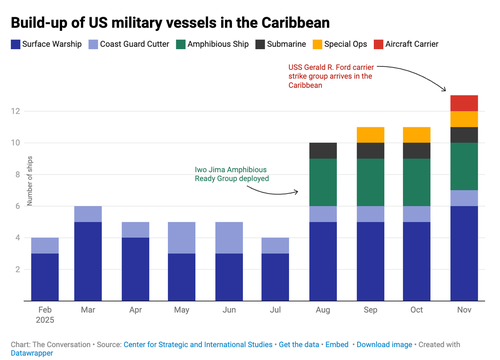
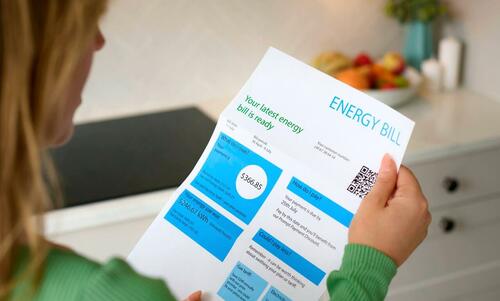
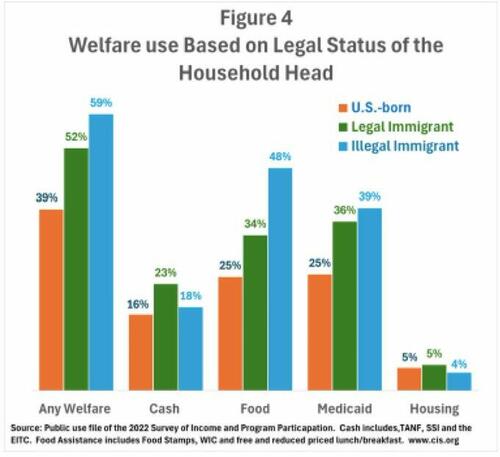

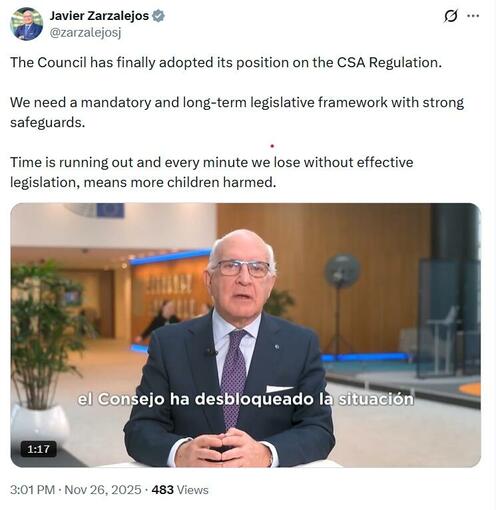

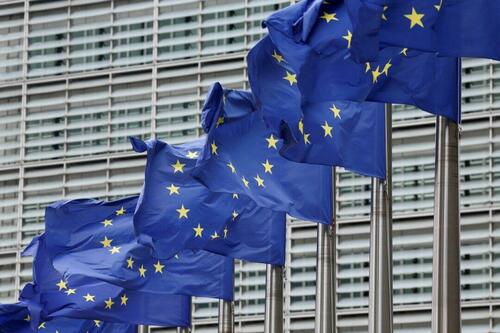 European Union flags flutter outside the EU Commission headquarters in Brussels, Belgium, on July 16, 2025. Yves Herman /Reuters
European Union flags flutter outside the EU Commission headquarters in Brussels, Belgium, on July 16, 2025. Yves Herman /Reuters

 File image, via War on the Rocks
File image, via War on the Rocks Macron announced the new voluntary service plan for 18- and 19-year-olds at the the Varces military base in the French Alps (Thomas Padilla, Pool Photo)
Macron announced the new voluntary service plan for 18- and 19-year-olds at the the Varces military base in the French Alps (Thomas Padilla, Pool Photo) Recruits into the new program will be assured they'll serve only in mainland France and overseas territories, unlike these French troops in Afghanistan in 2008
Recruits into the new program will be assured they'll serve only in mainland France and overseas territories, unlike these French troops in Afghanistan in 2008  President Macron, pictured here in a 2018 visit to the French Caribbean island of Saint-Martin, says the new troops won't be sent to Ukraine (Reuters via
President Macron, pictured here in a 2018 visit to the French Caribbean island of Saint-Martin, says the new troops won't be sent to Ukraine (Reuters via 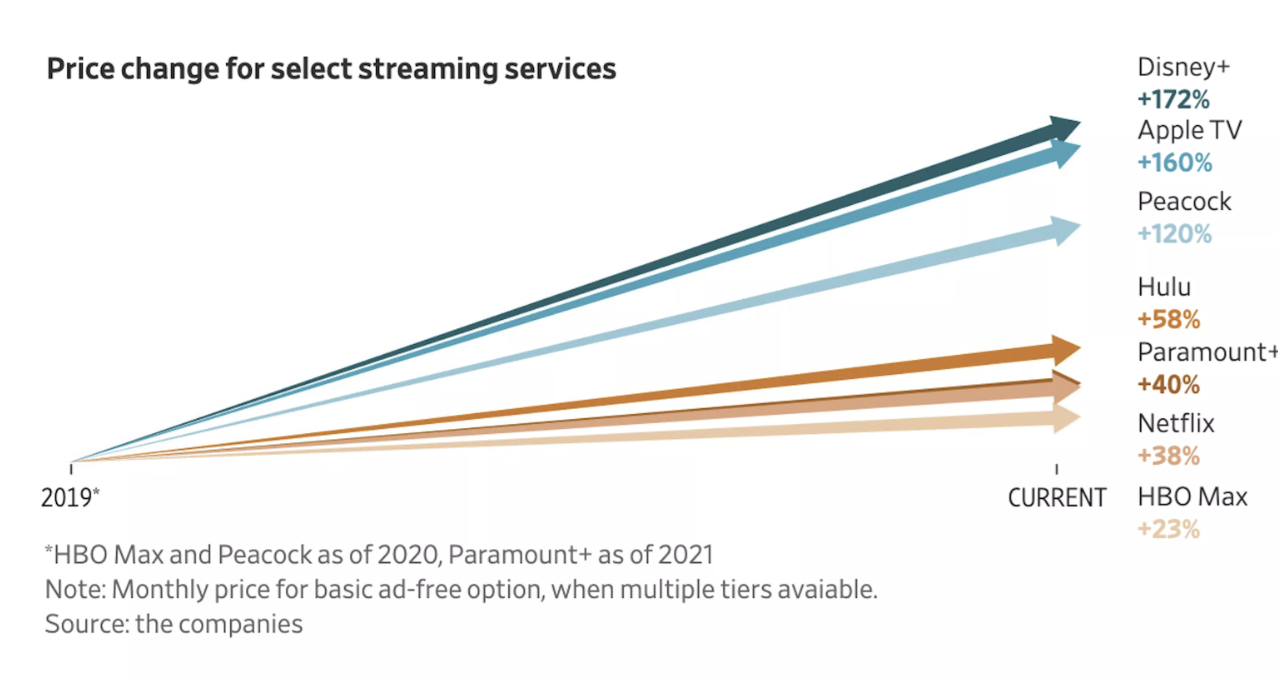


 Mohamad Torokman/Reuters
Mohamad Torokman/Reuters Mohamad Torokman/Reuters
Mohamad Torokman/Reuters Israel soldiers at the scene after the shooting. Credit...Mohamad Torokman/Reuters
Israel soldiers at the scene after the shooting. Credit...Mohamad Torokman/Reuters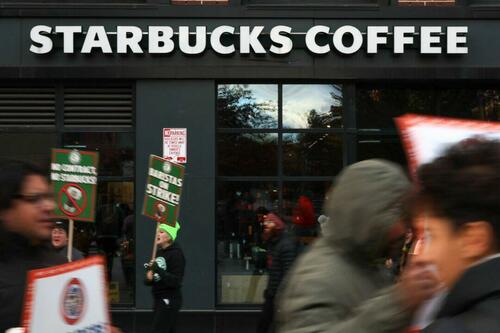 Starbucks workers walk a picket line as they go on strike outside a Starbucks store in the Brooklyn borough in New York City on Nov. 13, 2025. According to the Starbucks Workers United (SWU), the union representing the workers, more than 1,000 Starbucks workers have gone on strike at about 65 stores across the country. Union members state that Starbucks failed to make new proposals on issues like staffing and pay since the labor group rejected a company offer in April. Michael M. Santiago/Getty Images
Starbucks workers walk a picket line as they go on strike outside a Starbucks store in the Brooklyn borough in New York City on Nov. 13, 2025. According to the Starbucks Workers United (SWU), the union representing the workers, more than 1,000 Starbucks workers have gone on strike at about 65 stores across the country. Union members state that Starbucks failed to make new proposals on issues like staffing and pay since the labor group rejected a company offer in April. Michael M. Santiago/Getty Images





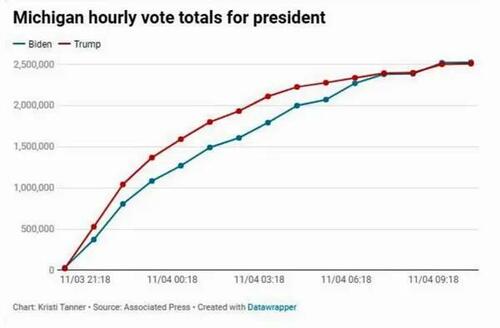
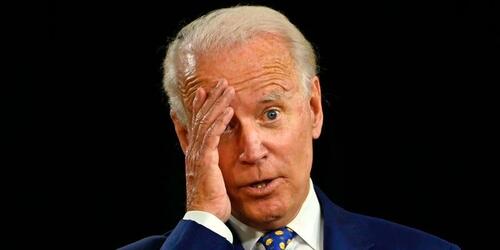

Recent comments